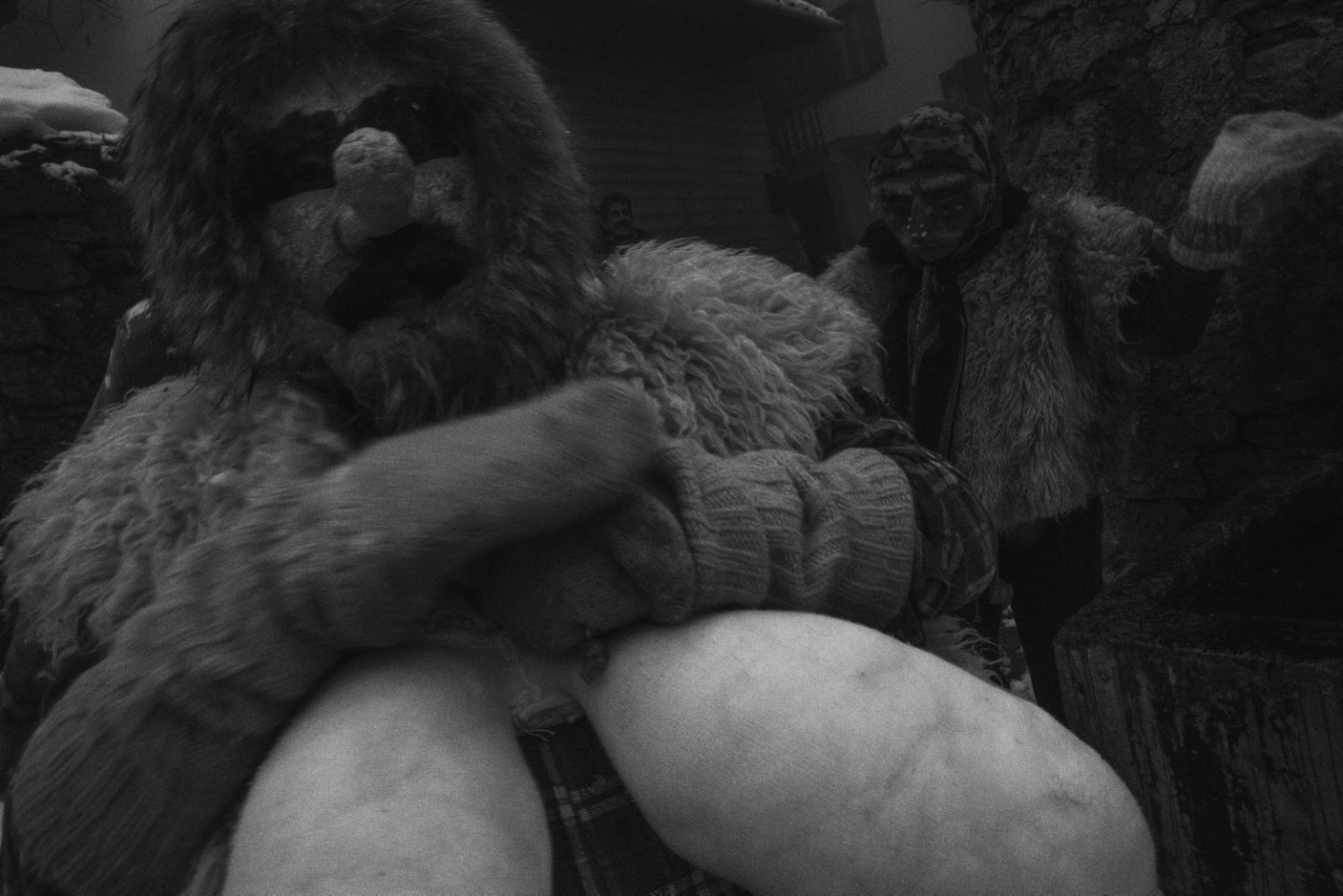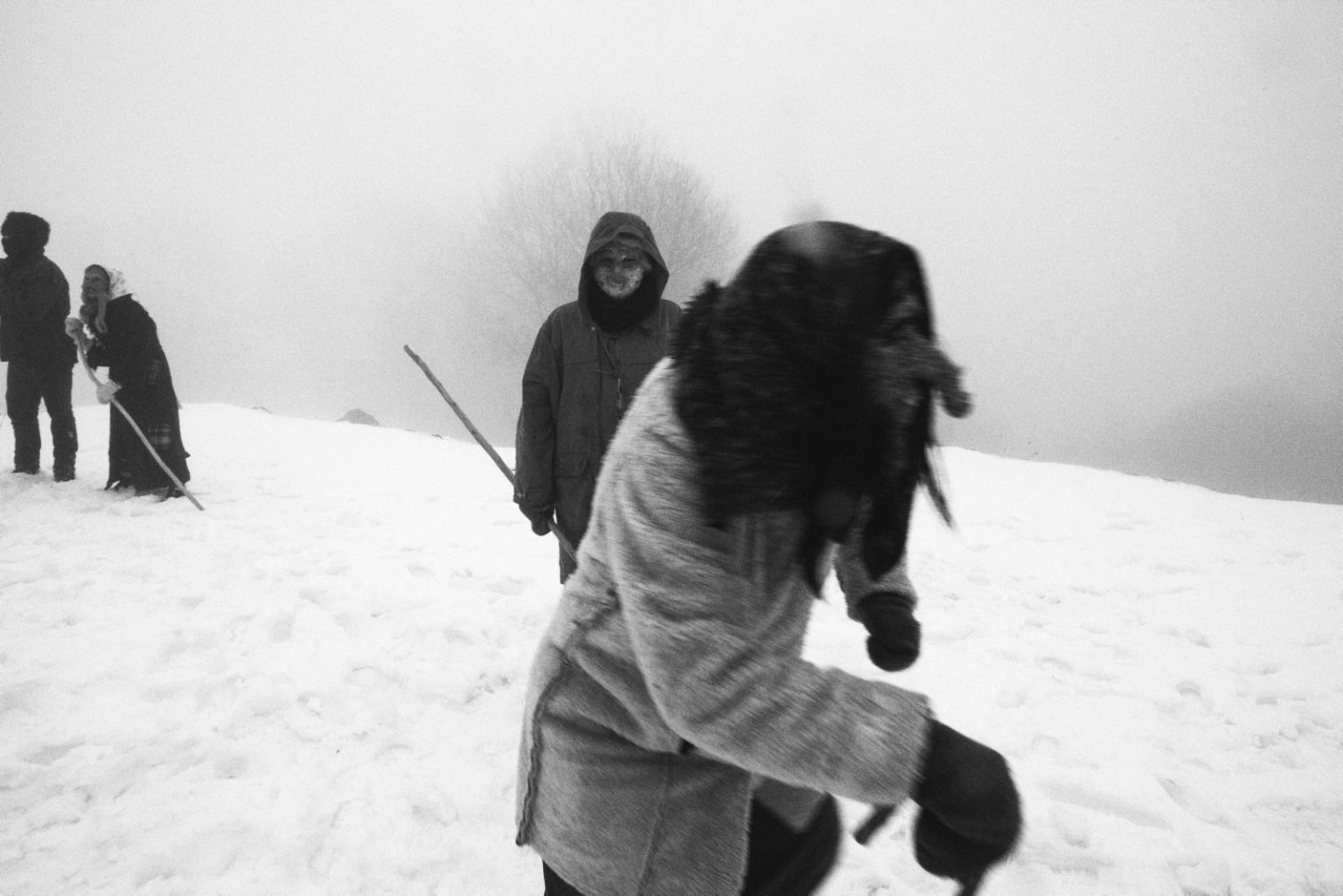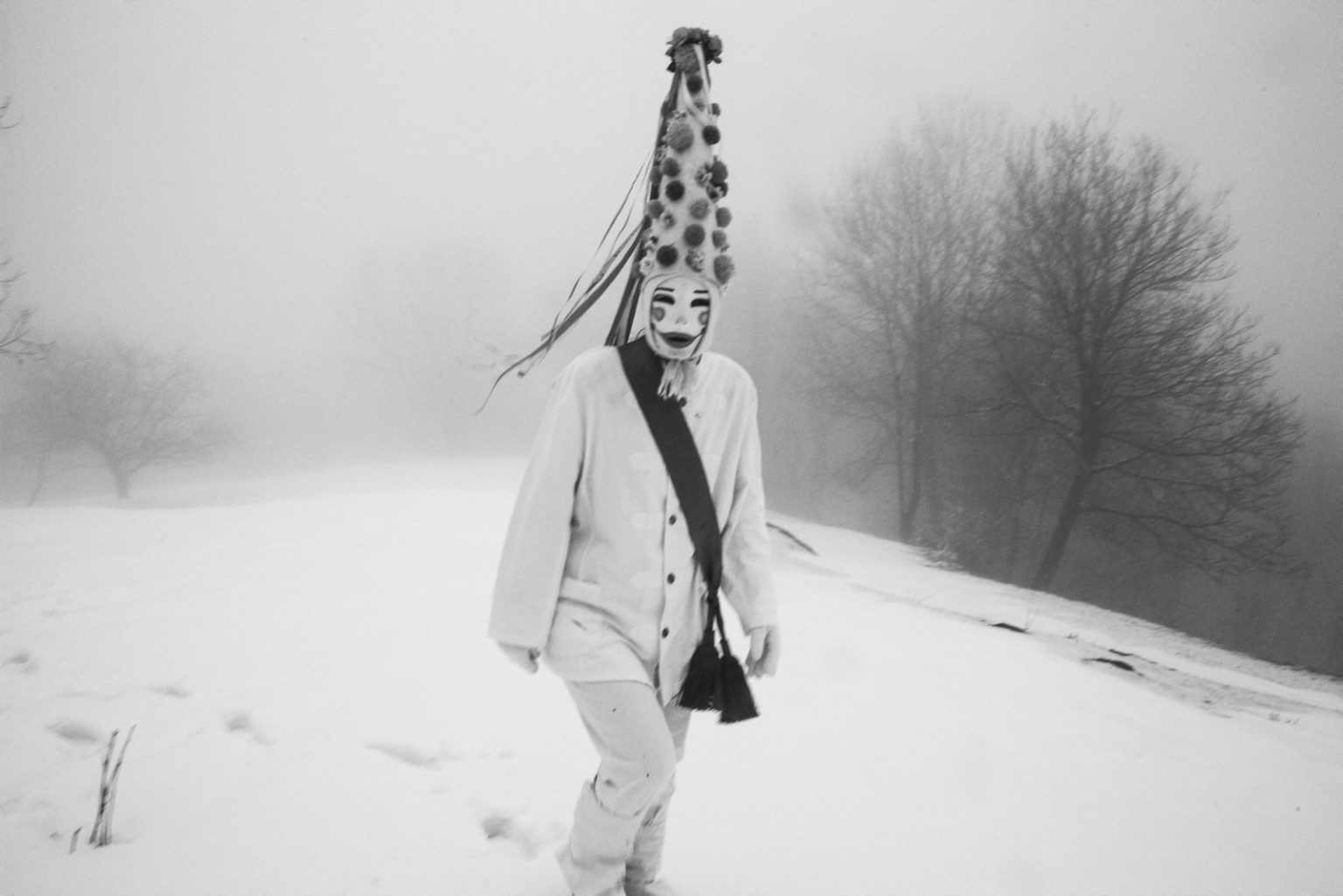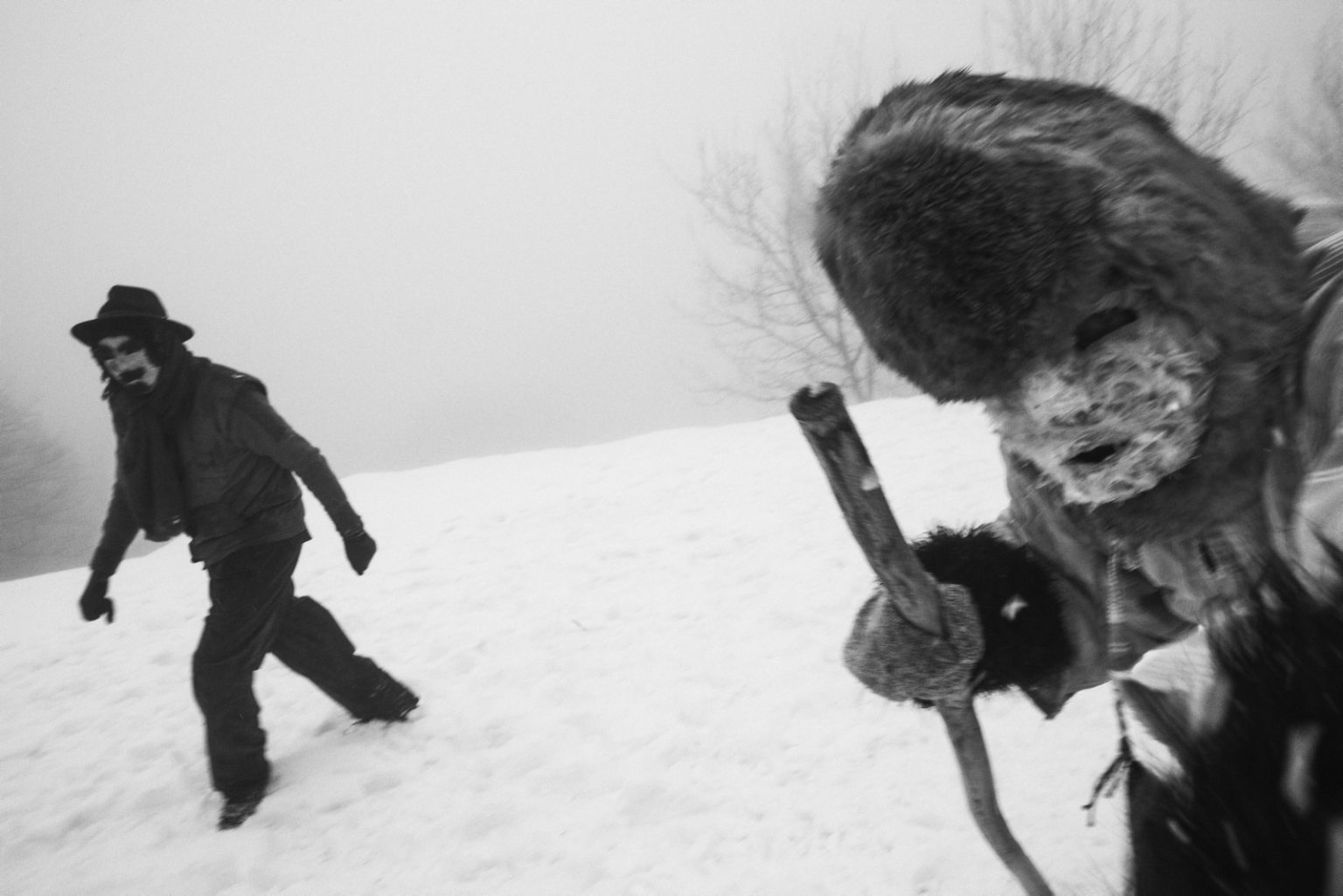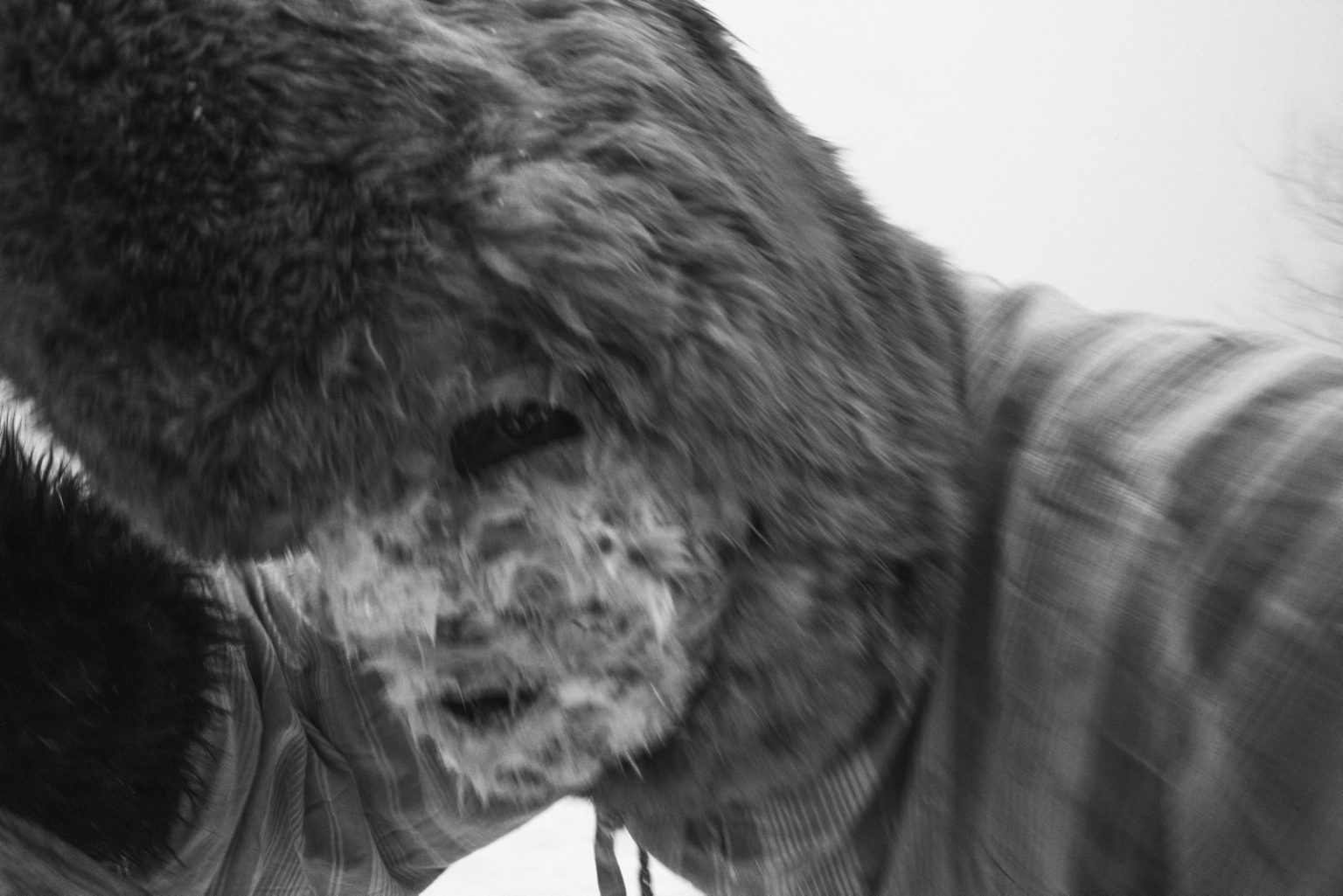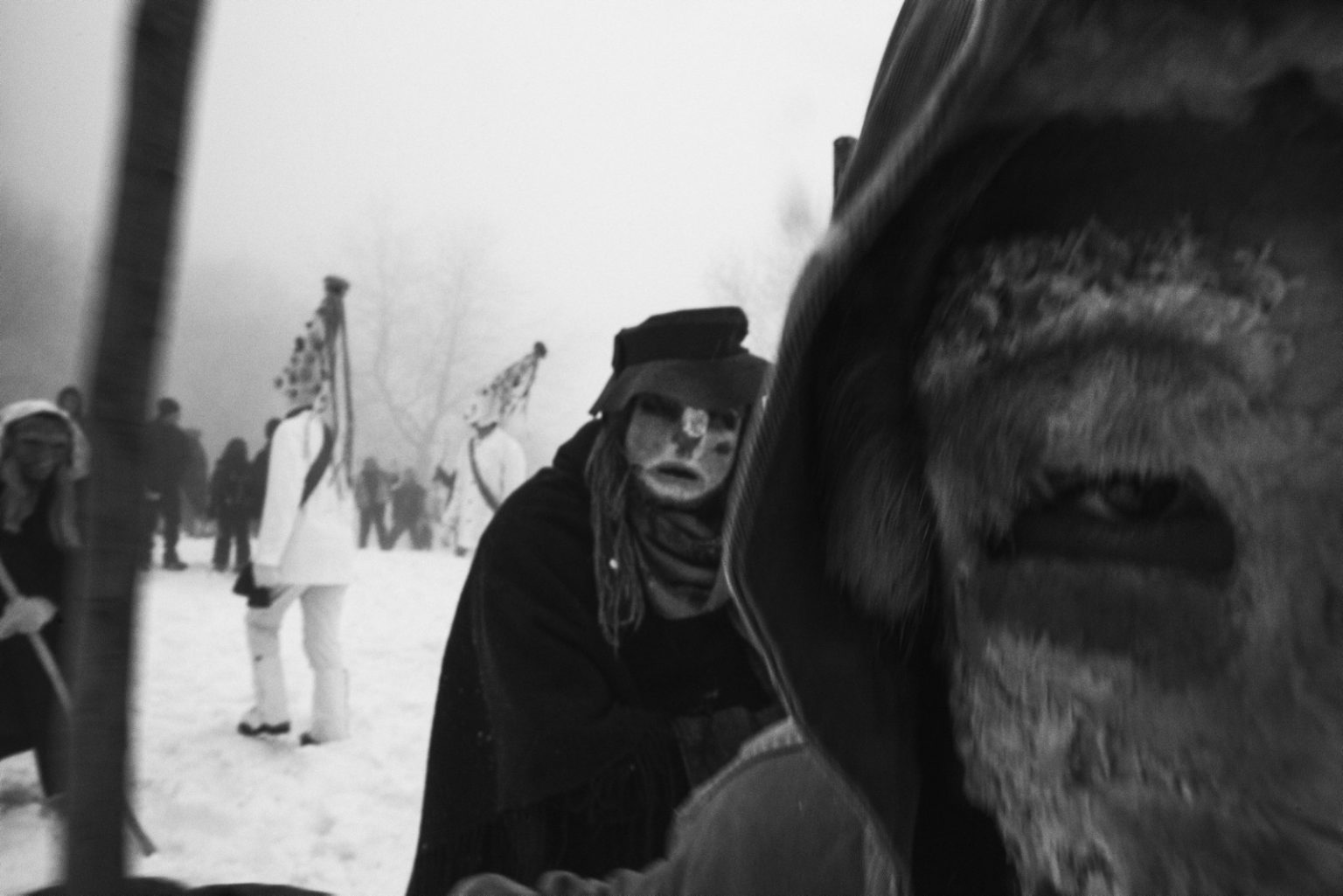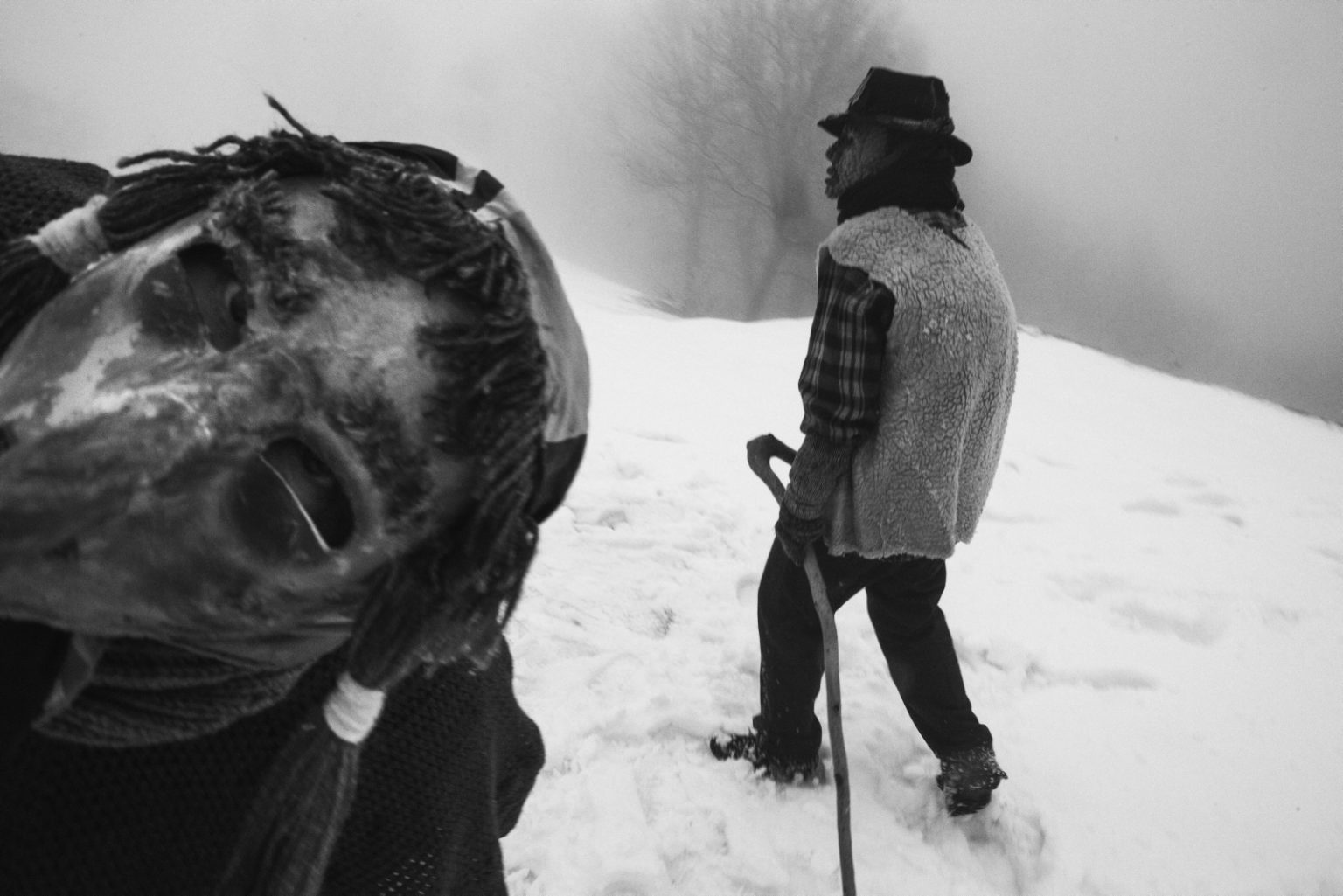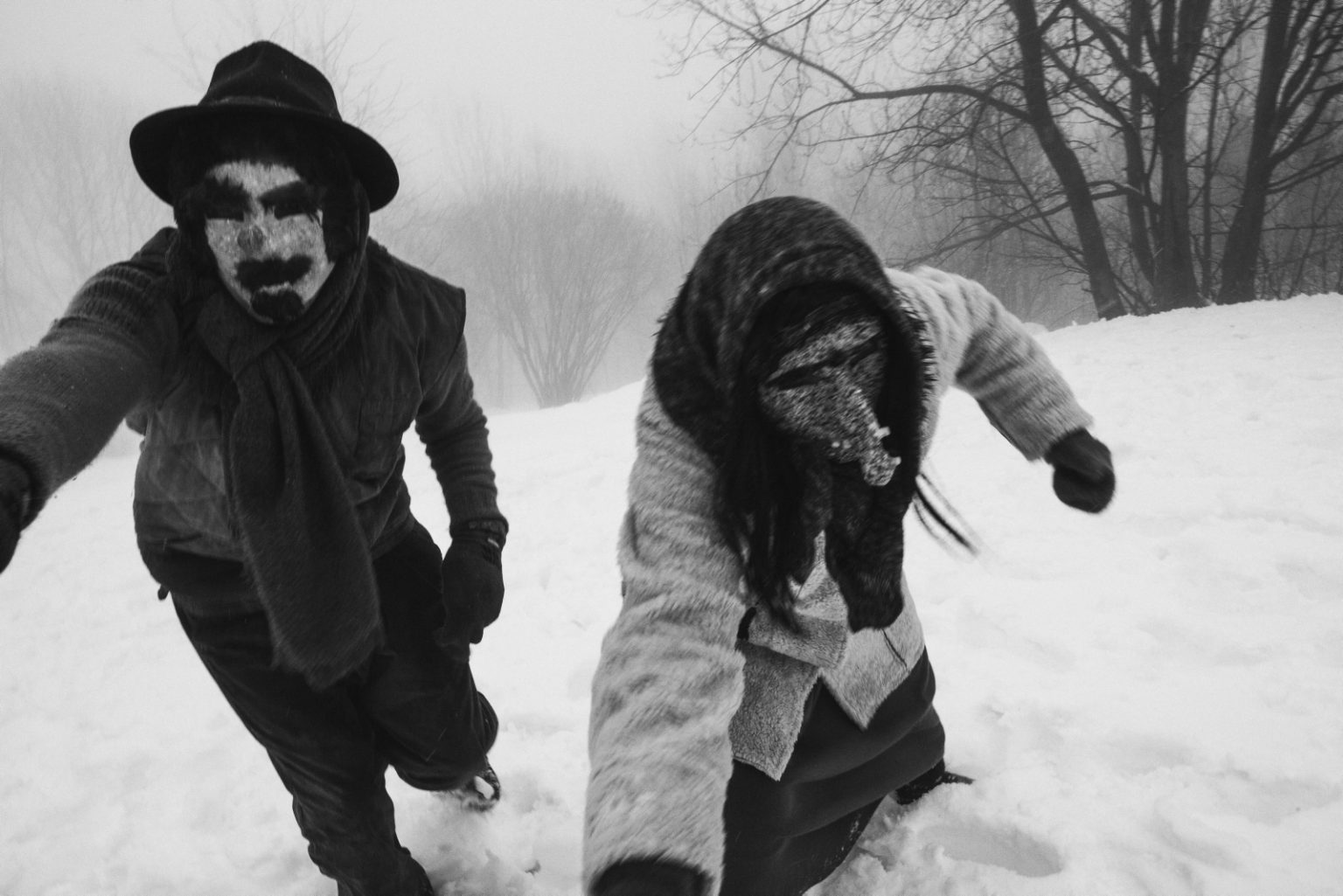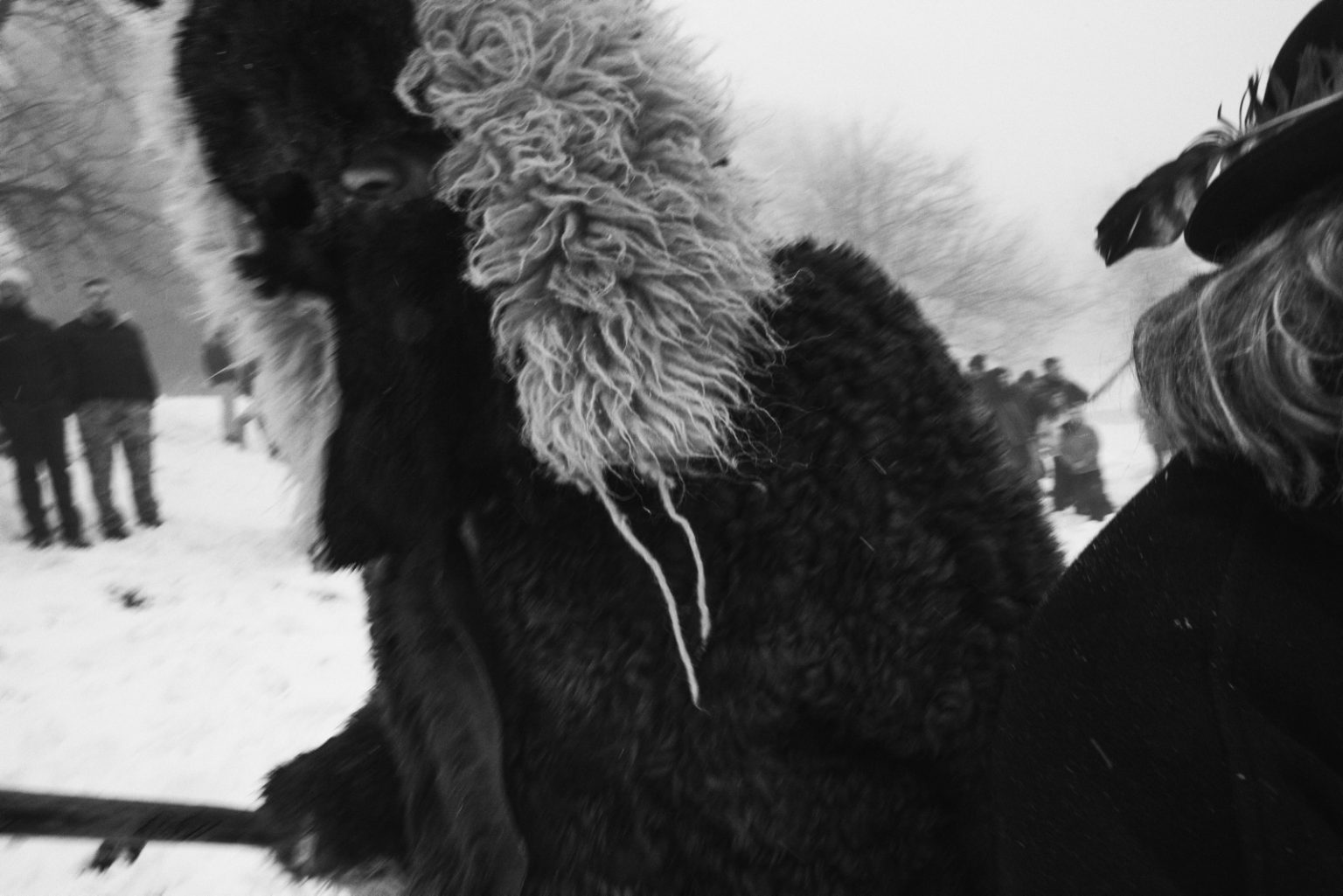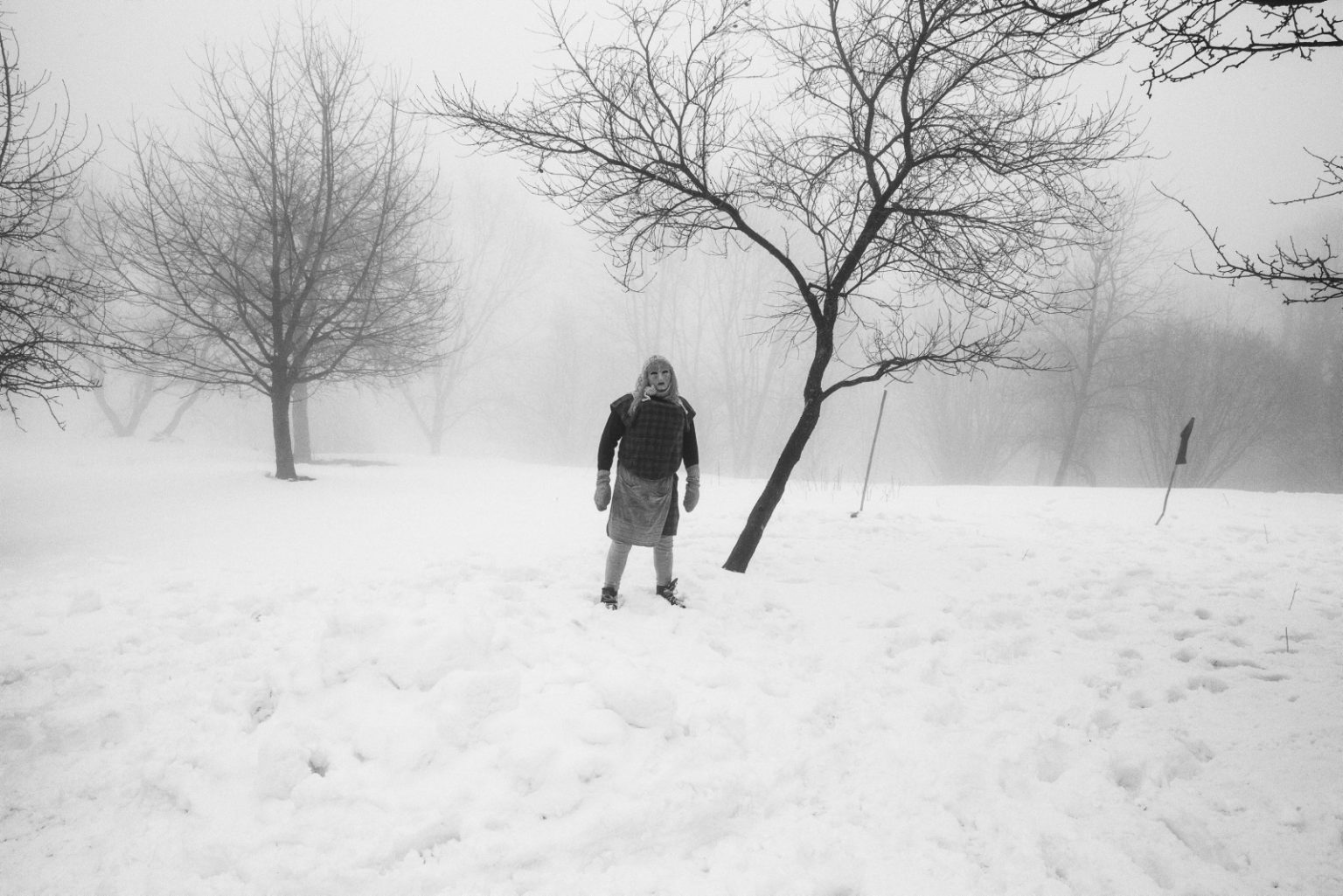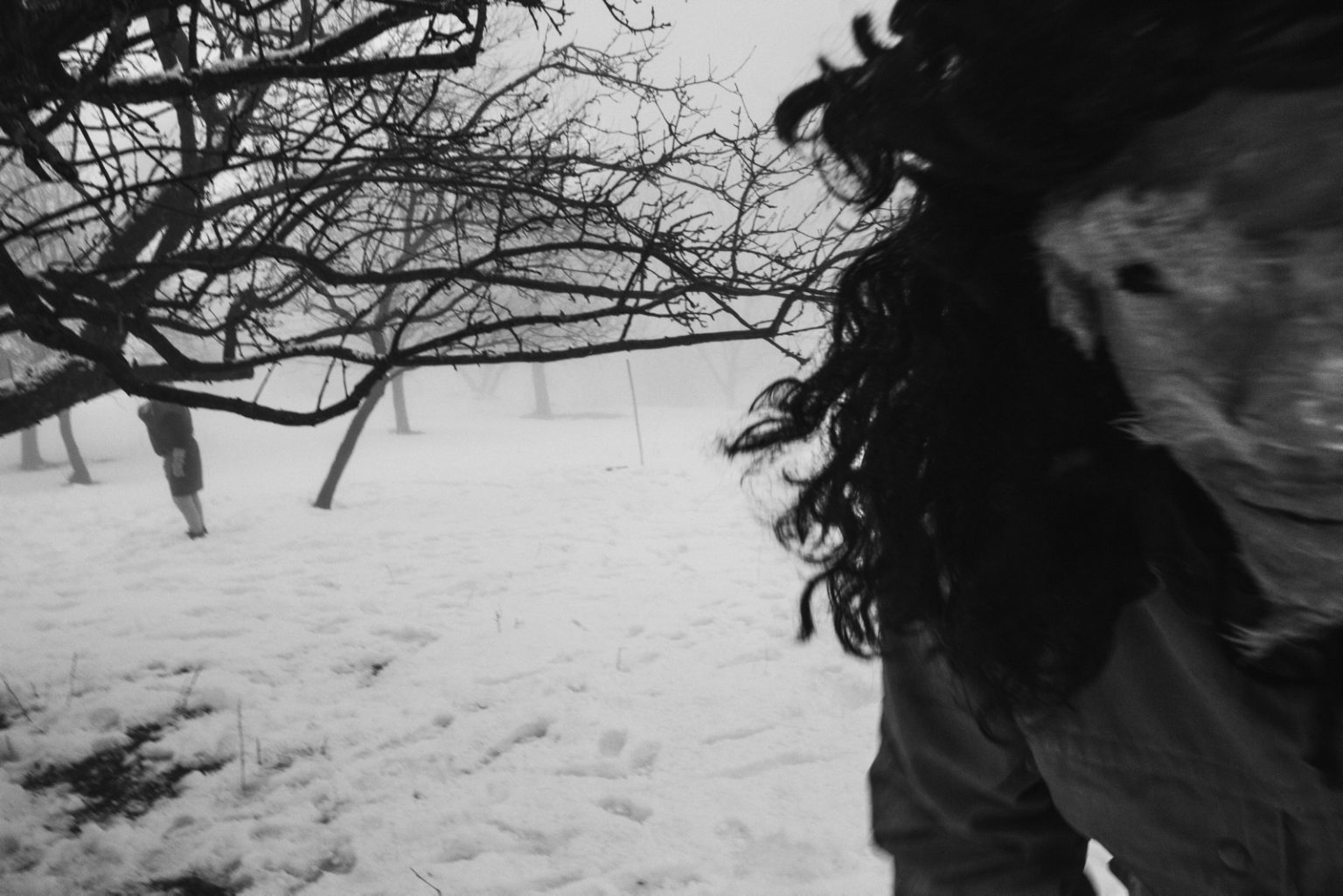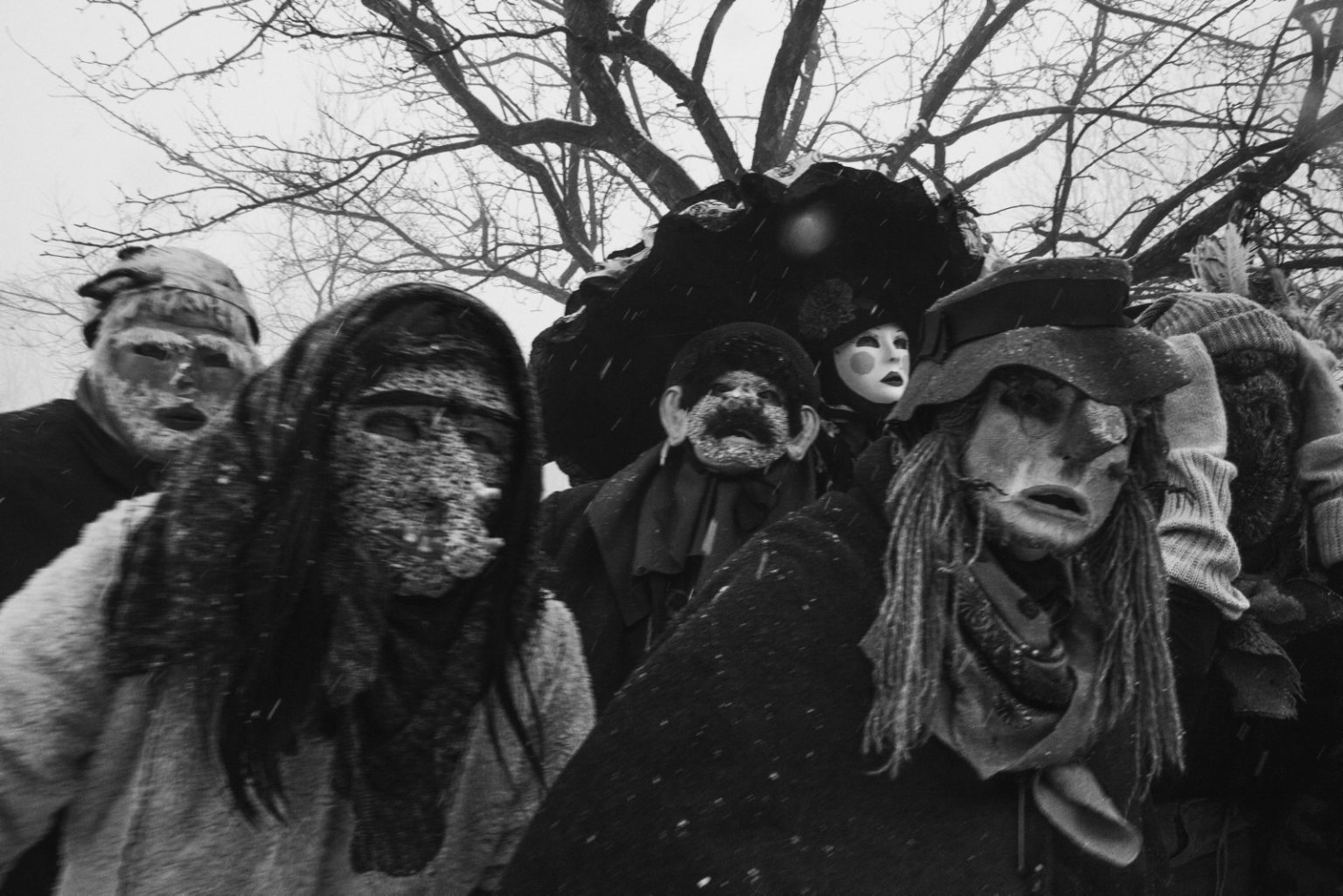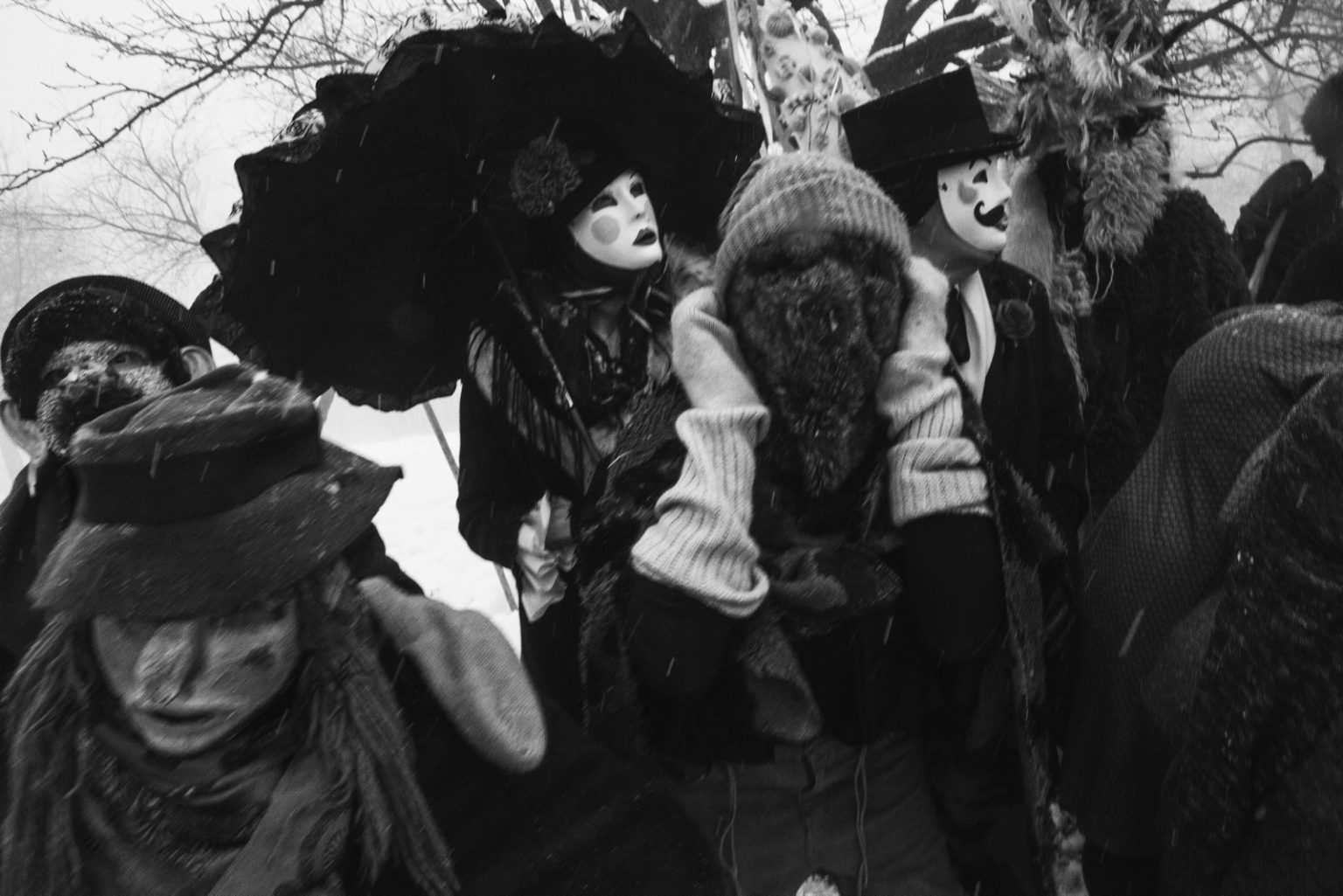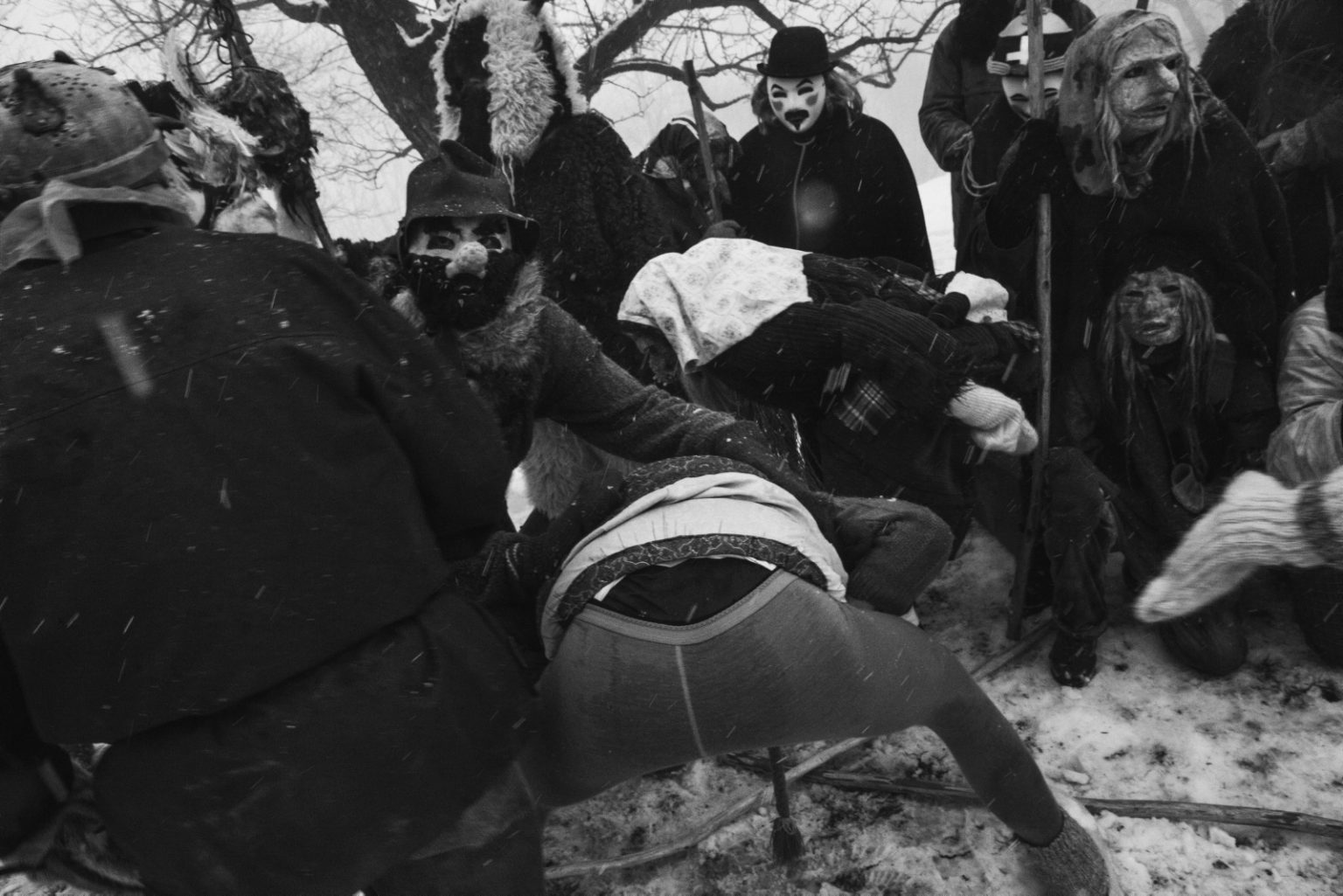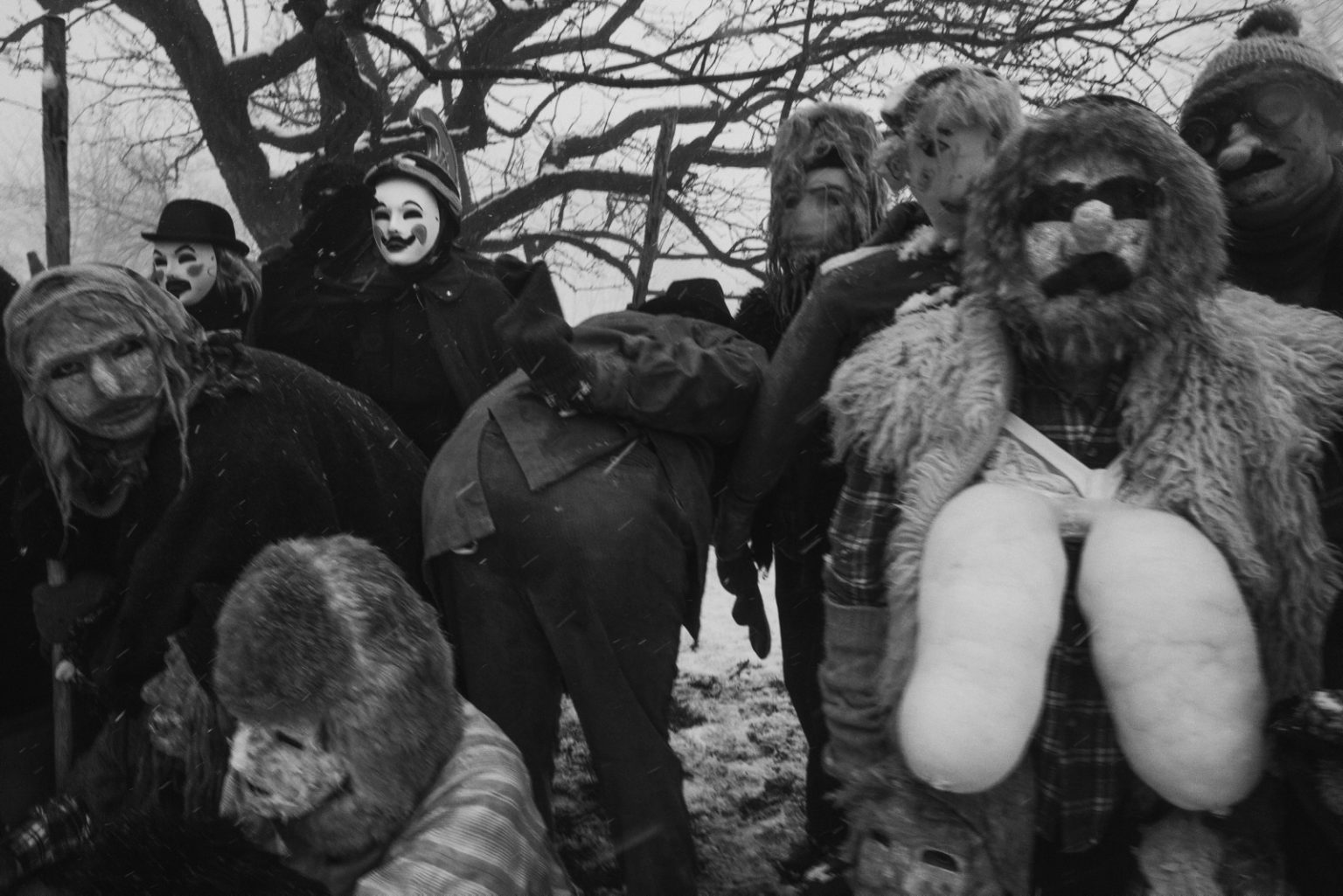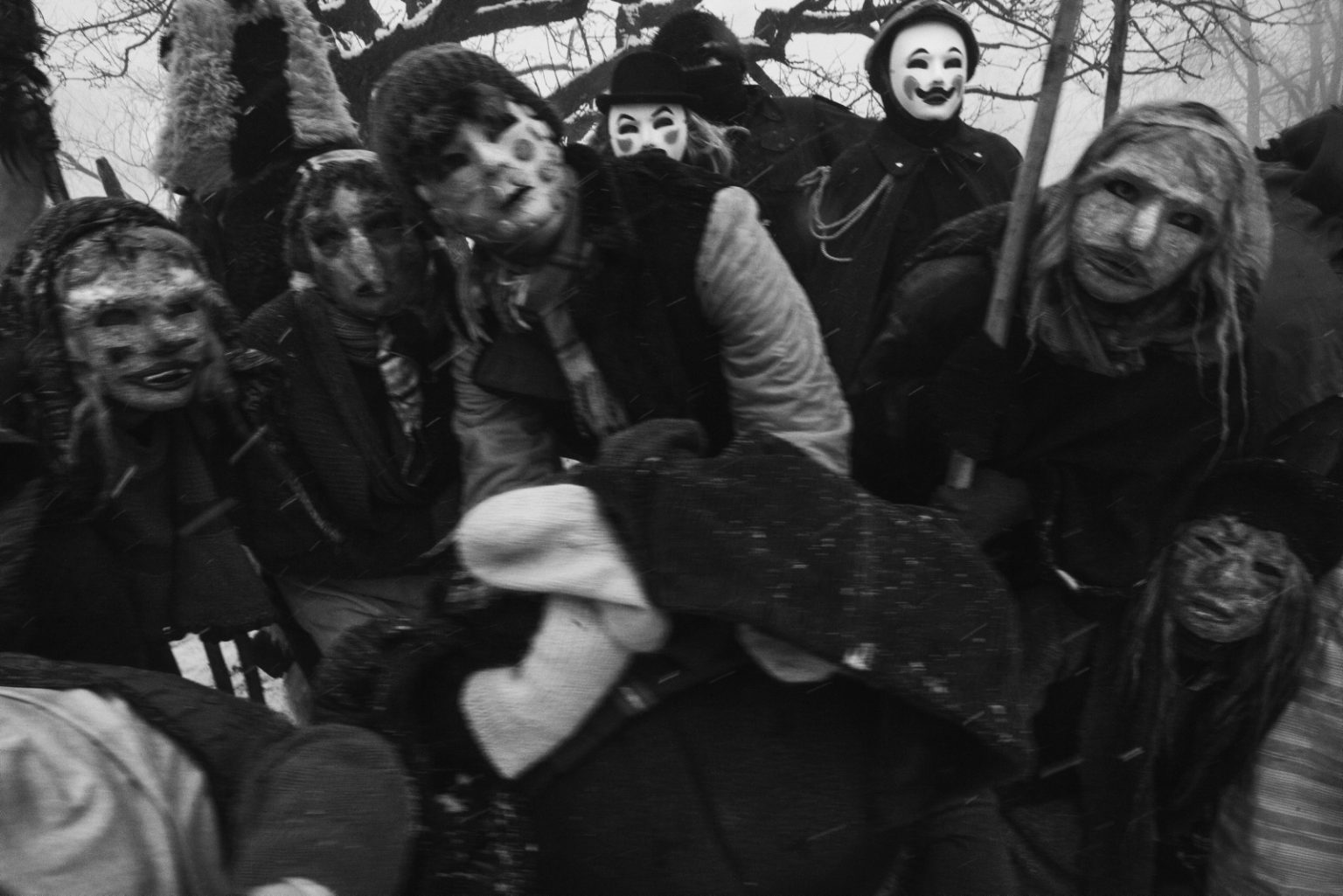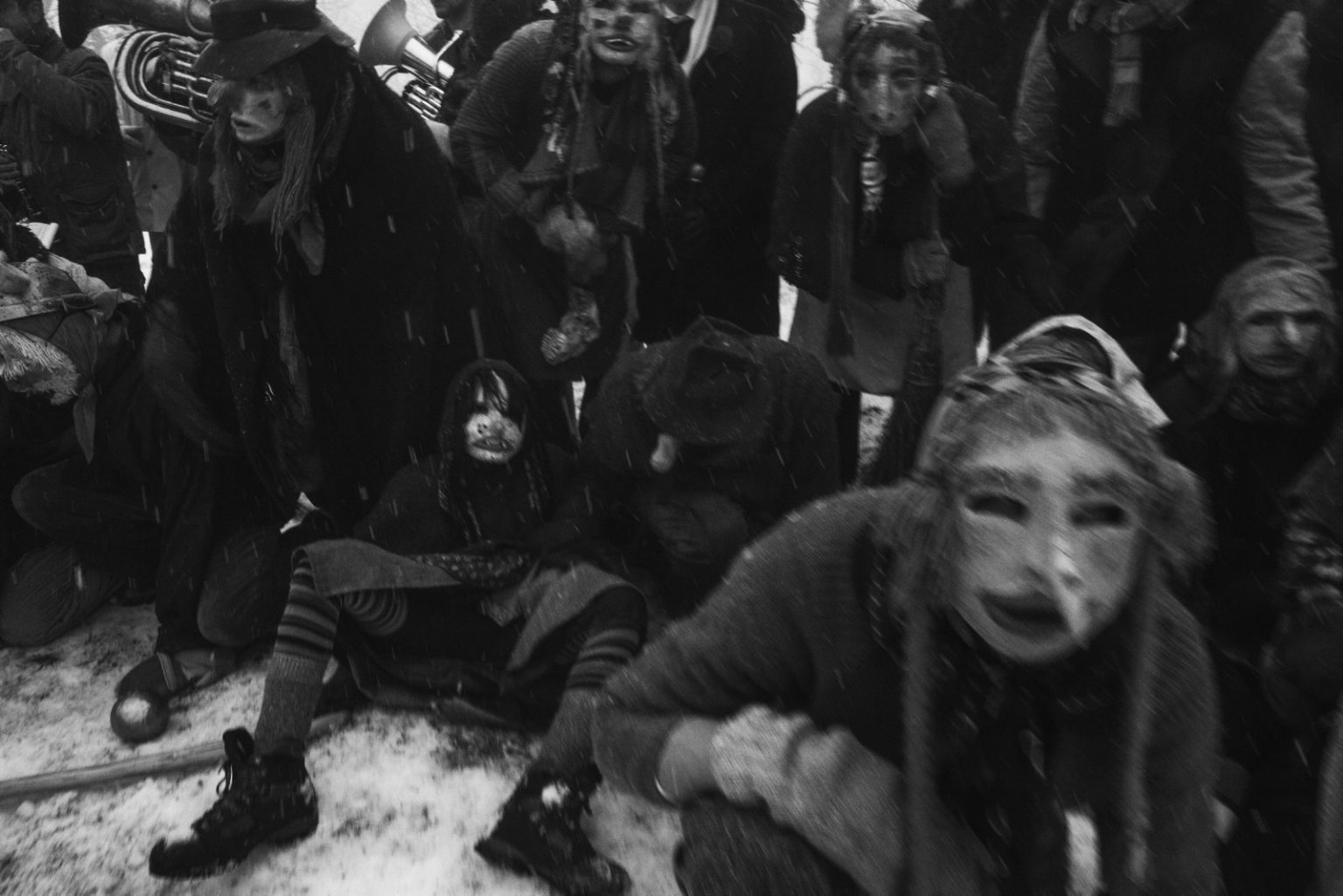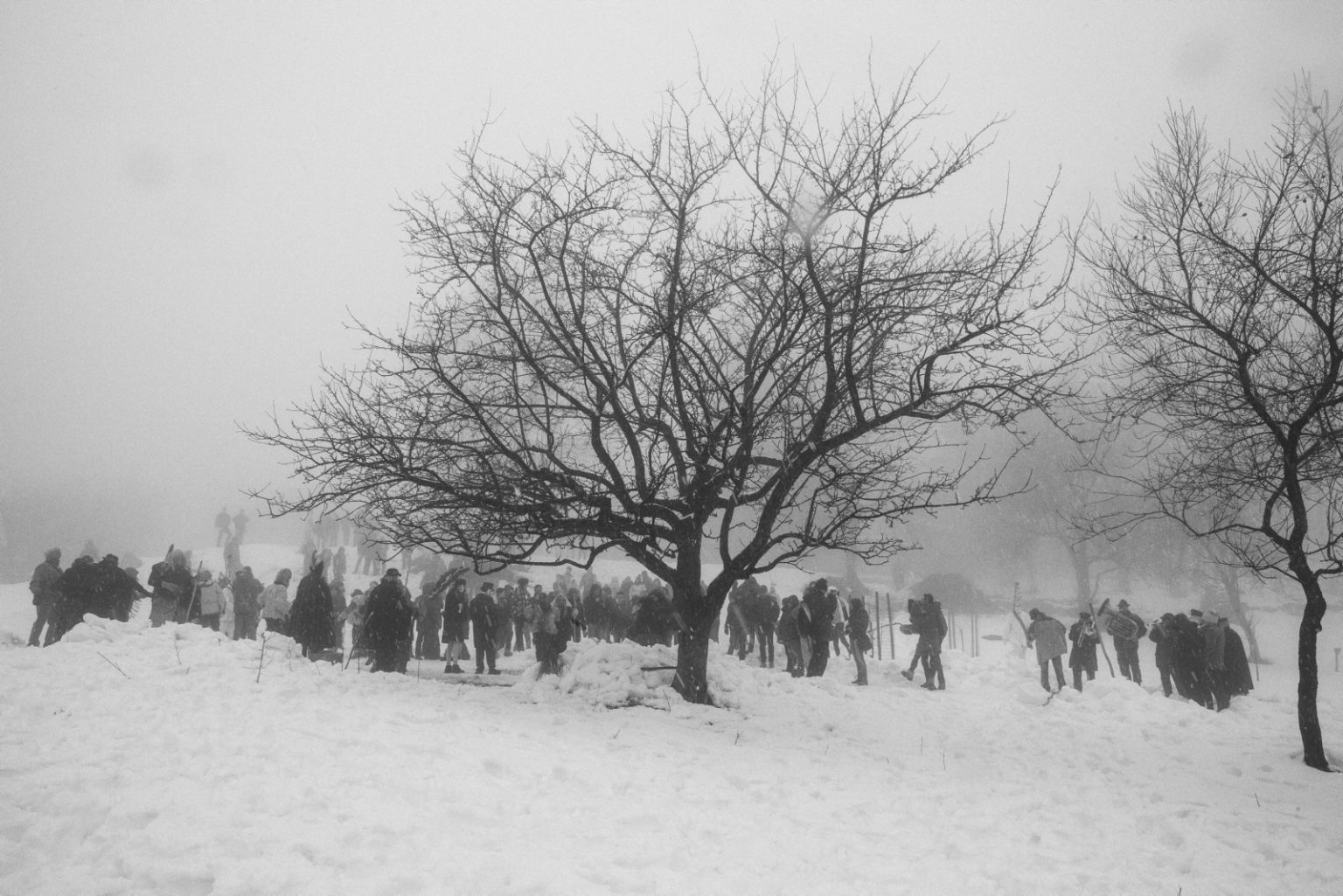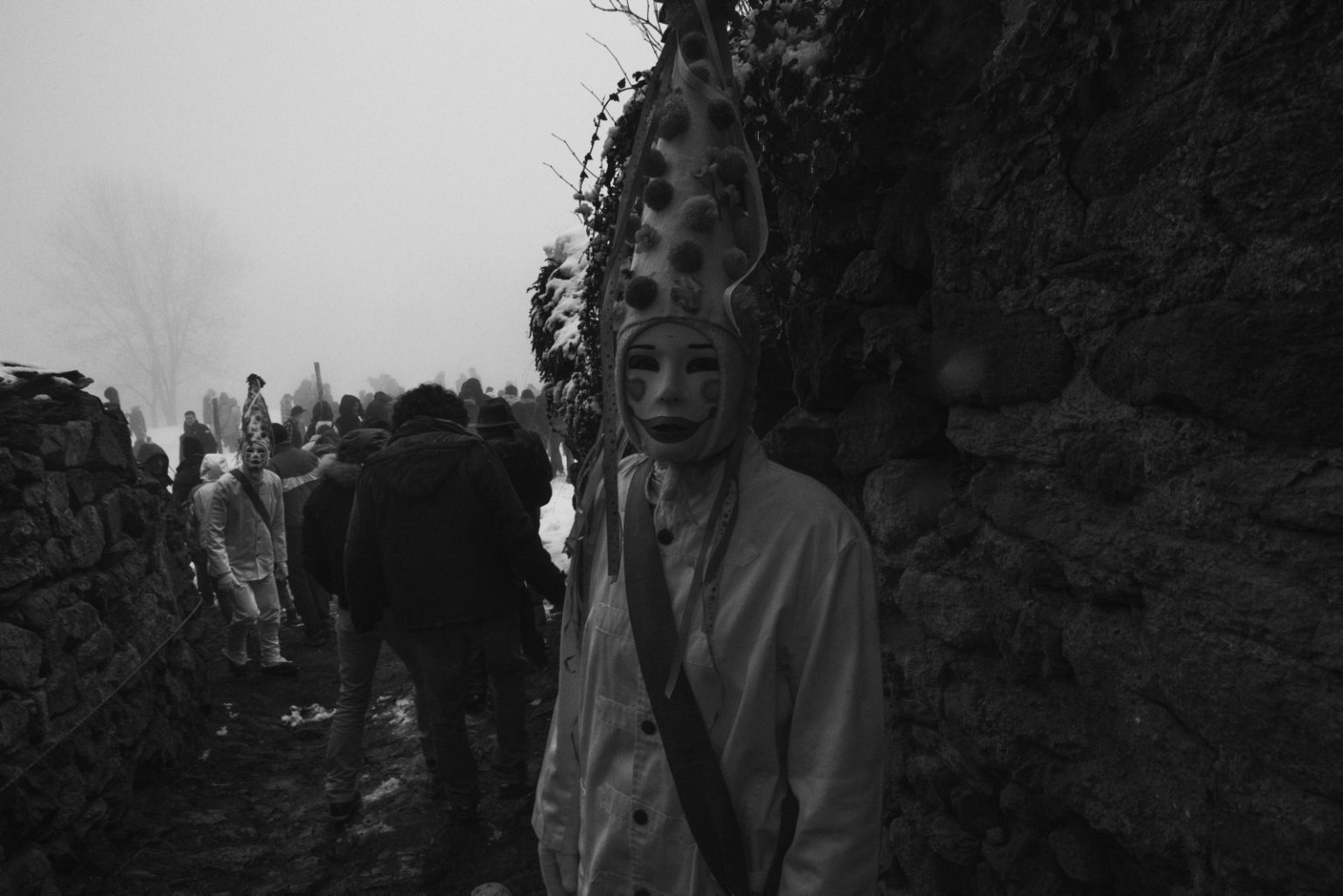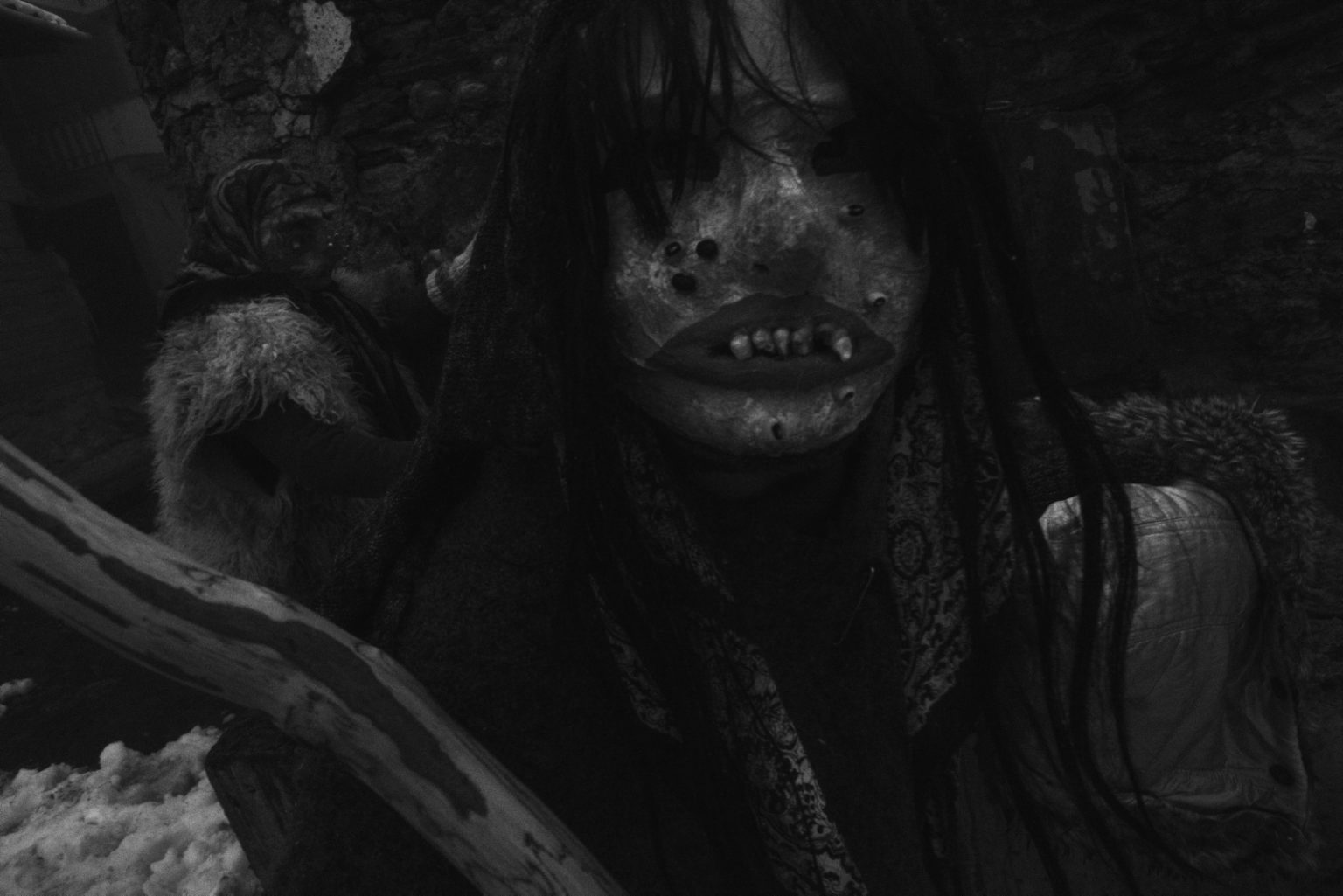Barbuire
Lajetto, a small hamlet above Condove in the Susa Valley, is the location of an ancient carnival.
Ancient because archaic are the elements and characters that characterize it, “Le Barbuire.” the wild man, the animal man, “El Pajass,” so called because under the goat skins that completely cover him he is stuffed with straw; the Harlequins’ hat, the typical Fairy Hat, a tall cone adorned with flowers and long colorful ribbons; the masks of the Old Men and the Old Women, ugly, animalistic characters, outside the box and outside the rules, mimicking sexual acts as in so many carnivals of pre-Christian tradition. In contrast, the “Monsù” and the “Tota,” “beautiful” masks that instead represent characters who follow the rules and patterns of society. El Pajass wears cow horns and carries a stick to the top of which is tied a rooster, the symbol of carnival. This is carried and waved all the way until, upon arriving at a large meadow nicknamed “el Terahè,” it is hung from a tree and decapitated with a sword stroke, thus decreeing the death of the carnival itself, the end of winter and the arrival of spring, in a ritual of fertility and prosperity for the new year.
Out of respect for tradition, the identity of those who wear the Barbuire’s robes remains unknown.
“Verses that tasted just like an animal. They came from under those masks made of rags and totally emptied of civilization, despite the full awareness of the whole staging. Even the eyes had a different light and together with unbalanced movements threw the most sensitive speltters into an error perceptible even in the fog, meters away.”

